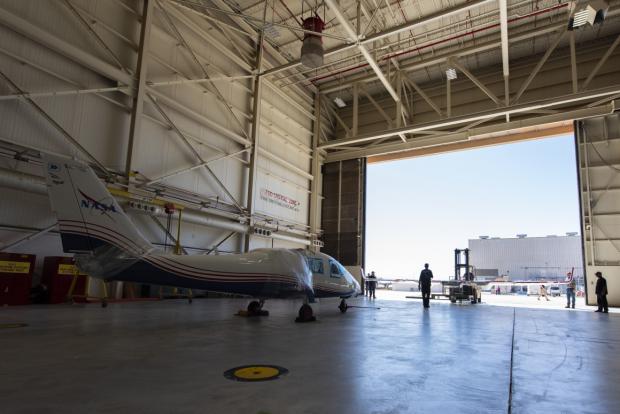
Breaking News
 They've Been Feeding You Poison (And Calling It Food)
They've Been Feeding You Poison (And Calling It Food)
 Tattoo ink may cause prolonged changes to the immune system
Tattoo ink may cause prolonged changes to the immune system
 Travel gadget promises to dry and iron your clothes – totally hands-free
Travel gadget promises to dry and iron your clothes – totally hands-free
 Duckweed: A sustainable, protein-packed food source smeared by Big Ag
Duckweed: A sustainable, protein-packed food source smeared by Big Ag
Top Tech News
 Perfect Aircrete, Kitchen Ingredients.
Perfect Aircrete, Kitchen Ingredients.
 Futuristic pixel-raising display lets you feel what's onscreen
Futuristic pixel-raising display lets you feel what's onscreen
 Cutting-Edge Facility Generates Pure Water and Hydrogen Fuel from Seawater for Mere Pennies
Cutting-Edge Facility Generates Pure Water and Hydrogen Fuel from Seawater for Mere Pennies
 This tiny dev board is packed with features for ambitious makers
This tiny dev board is packed with features for ambitious makers
 Scientists Discover Gel to Regrow Tooth Enamel
Scientists Discover Gel to Regrow Tooth Enamel
 Vitamin C and Dandelion Root Killing Cancer Cells -- as Former CDC Director Calls for COVID-19...
Vitamin C and Dandelion Root Killing Cancer Cells -- as Former CDC Director Calls for COVID-19...
 Galactic Brain: US firm plans space-based data centers, power grid to challenge China
Galactic Brain: US firm plans space-based data centers, power grid to challenge China
 A microbial cleanup for glyphosate just earned a patent. Here's why that matters
A microbial cleanup for glyphosate just earned a patent. Here's why that matters
 Japan Breaks Internet Speed Record with 5 Million Times Faster Data Transfer
Japan Breaks Internet Speed Record with 5 Million Times Faster Data Transfer
Ground tests to begin on NASA's first electric X-plane

The first of three configurations of the X-57 Maxwell was delivered by Empirical Systems Aerospace (ESAero) to the space agency's Armstrong Flight Research Center in Edwards, California, on October 2. Known as Mod II, the aircraft will be used for ground testing of the cruise electric propulsion system.
The first manned X-plane to be built in two decades and NASA's first all-electric experimental aircraft, the X-57 is based on the four-seater Tecnam P2006T conventional light aircraft, but with its twin Rotax 912S3 four-cylinder piston engines replaced by 18 electric cruise motor nacelles with individual propellers.
The delivery marks the beginning of Phase 2 of the X-57 project, the first being a truck-mounted test of a modified high-aspect-ratio wing and motors. Mod II will be followed by the Mod III and Mod IV phases, which will undergo tests using the new wing.
When fully developed, the X-57 is expected to be 500 percent more efficient in high-speed cruising, produce no in-flight carbon dioxide emissions and be much quieter than most conventional aircraft.

 Advanced Propulsion Resources Part 1 of 2
Advanced Propulsion Resources Part 1 of 2

